How Theo Network is Changing the Game in Funding Rate Strategies – A Mitosis Deep Dive
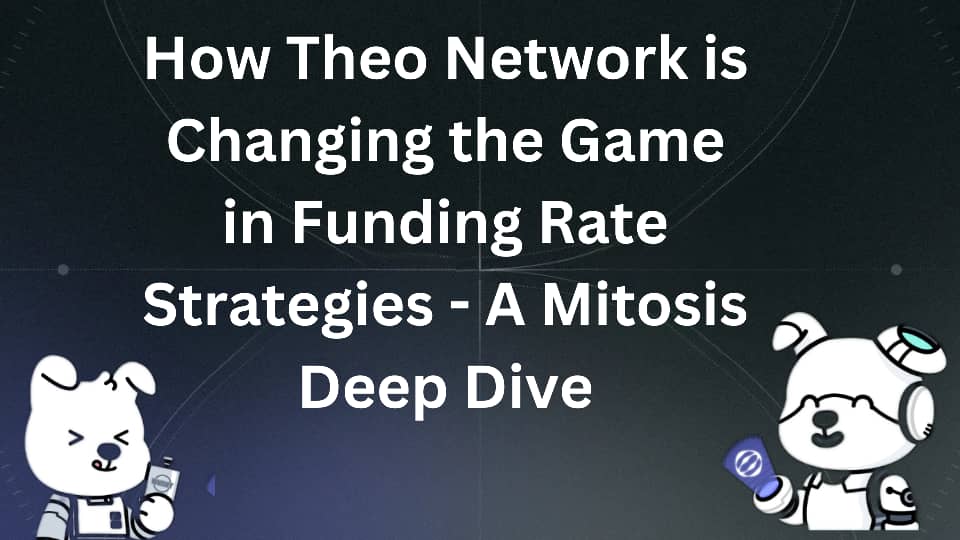
Introduction
The DeFi landscape is evolving, and one of the biggest challenges protocols face is optimizing funding rates while maintaining liquidity efficiency. Theo Network is at the forefront of solving this, offering a balance-sheet-based model that enhances liquidity provisioning. But what makes Theo’s approach different from competitors like Ethena? And how does it align with Mitosis for seamless cross-chain functionality?
In this article, we’ll break down:
- How Theo’s platform is structured
- The mechanics behind funding rates and collection methods
- How Theo’s funding strategy compares to competitors
- The delta-neutral approach and its significance
- What makes Theo stand out in the market
What is Theo Network and How It Aligns with Mitosis?
Theo Network is a decentralized liquidity infrastructure designed to improve funding rate strategies and optimize stablecoin efficiency. It combines on-chain smart contracts with off-chain risk engines to manage liquidity effectively.
Theo integrates with Mitosis, a modular blockchain interoperability protocol, allowing Theo’s stablecoin operations to function seamlessly across multiple ecosystems. While Theo refines funding rate strategies through balance-sheet management, Mitosis ensures cross-chain liquidity movement, reducing fragmentation and optimizing yield opportunities.
This synergy enhances liquidity efficiency in DeFi, making Theo a strong competitor in the market.
🔗 Source: Theo Network Docs – docs.theo.xy
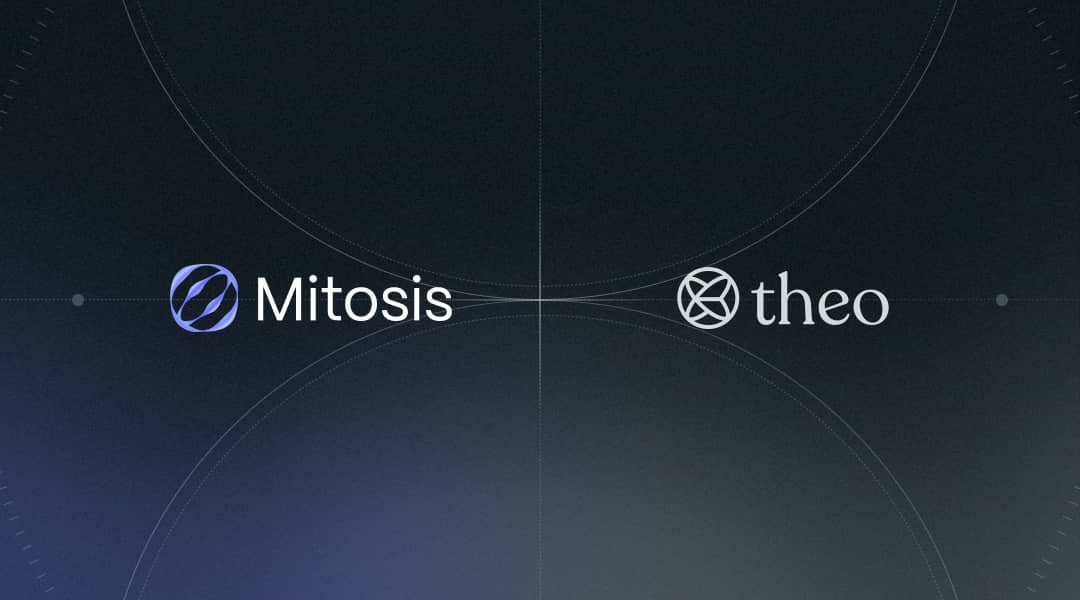
Theo Network’s Architecture
Core Components
Theo operates through a structured architecture consisting of off-chain and on-chain components:
i. Off-Chain (Modules run by validators)
- Risk Engine – Reads account data and calculates health
- Accounting Engine – Processes debits and credits going through the deposit vault
ii. On-Chain (Smart contracts deployed on chains)
- thUSD – Provides apps with liquidity via a global balance sheet
- Deposit Vault – Accepts approved assets and markets
Applications Built on Theo Network
- Carry Trade Vault – Optimizes funding rates via arbitrage strategies
- Solver Inventory – Enhances liquidity provisioning for DeFi users
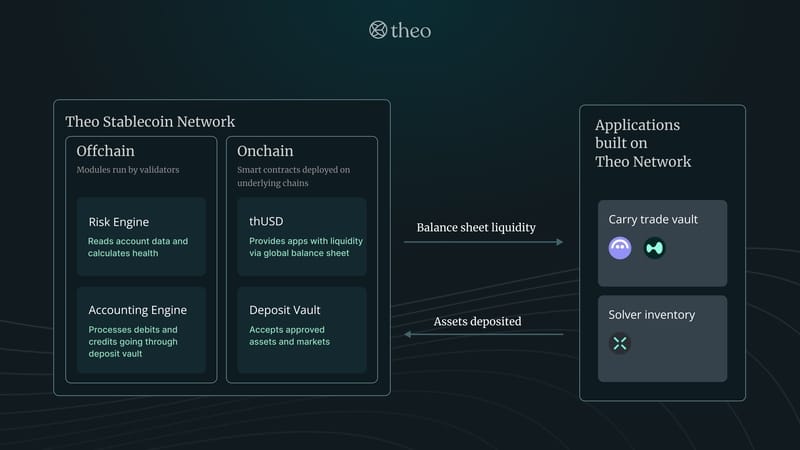
Understanding Funding Rates and Collection Methods
Funding rates are essential in DeFi as they determine the cost of holding leveraged positions. They ensure market equilibrium by incentivizing traders to take opposing positions.
Theo’s funding rate collection method is balance-sheet-driven, meaning:
- It ensures stable liquidity flow
- Reduces dependency on external market fluctuations
- Optimizes funding rates across multiple assets
Unlike traditional models, Theo’s system prevents extreme fluctuations in funding rates, making it more sustainable for long-term liquidity provisioning.
🔗 Source: Research on Funding Rates – Delphi Digital
Theo vs. Ethena: A Competitive Edge
Theo’s balance-sheet model stands out against competitors like Ethena, which rely on market-driven funding rates. Here’s a comparison:
i. Liquidity Model
- Theo Network: Balance-sheet-based liquidity provision
- Ethena: Market-driven funding rates
ii. Stability Approach
- Theo Network: Delta-neutral risk management
- Ethena: Exposure to market volatility
iii. Yield Optimization
- Theo Network: Strategic yield sourcing with reduced risk
- Ethena: Dependent on perpetual funding rates
iv. Interoperability
- Theo Network: Cross-chain liquidity integration via Mitosis
- Ethena: Limited to specific ecosystems
Why Theo’s Delta-Neutral Approach is a Game Changer
Imagine this, you’ve found a DeFi platform promising high yields, but a market dip wipes out your earnings overnight. Sound familiar? That’s the problem with traditional funding rate models. They expose users to unpredictable market swings, making returns unstable.
Theo Network changes the game.
Instead of relying on market-driven funding rates that fluctuate wildly, Theo adopts a delta-neutral strategy—ensuring:
- No exposure to market swings – Earn without worrying about sudden price movements
- Consistent returns – Predictable, sustainable, and risk-adjusted yield
- Safer liquidity management – A balance-sheet-driven model for long-term stability
Think of it as a high-yield savings account for DeFi, but without the risk of market crashes. While others gamble on market movements, Theo ensures liquidity providers and traders enjoy stable, optimized funding rates.
Why is this a big deal?
Unlike platforms that thrive on volatility, Theo’s strategy prioritizes risk mitigation—an approach that could reshape how DeFi funding rates are structured.
🔗 Source: Theo Whitepaper
Compared to platforms that expose liquidity providers to market swings, Theo’s risk-minimized model makes it a more attractive long-term solution.
🔗 Source: Theo Whitepaper – docs.theo.xyz
The Future of Theo: A New Standard for DeFi Liquidity
DeFi is at a turning point. The current landscape is filled with platforms offering high APYs, but at what cost? Many rely on unstable market mechanics, leaving users exposed to liquidation risks and unsustainable funding models.
Theo offers a different path.
- Smart automation – Yield optimization on autopilot
- Delta-neutral positioning – Sustainable, risk-free earnings
- Competitive edge over Ethena – A more efficient, scalable, and resilient approach
Theo isn’t just following the DeFi trends—it’s leading the charge.
The question is: Are you ready to shift towards sustainable DeFi, or will you wait until volatility takes its toll?
- Explore Theo Network’s official documentation: Theo Network’s official documentation
Conclusion
Theo Network is changing the game in funding rate strategies with its balance-sheet-driven model, cross-chain liquidity integration, and delta-neutral approach. Unlike competitors that rely on volatile market funding rates, Theo’s model provides stability, efficiency, and sustainable yield.
As DeFi evolves, projects that prioritize liquidity efficiency and risk management will define the next generation of decentralized finance (Messari, 2024), (Delphi Digital, 2024).
Would you bet on a stable, risk-managed future or a volatile, market-dependent approach? The choice is clear.
For more information on the Matrix Straddle Vault and its security measures, visit: - Theo Network’s official documentation
- Mitosis’ blog
Join the community:
- Mitosis Discord server
- Theo Network Discord server
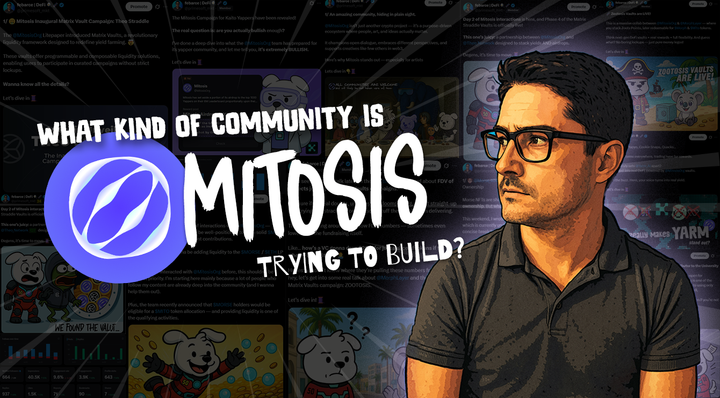
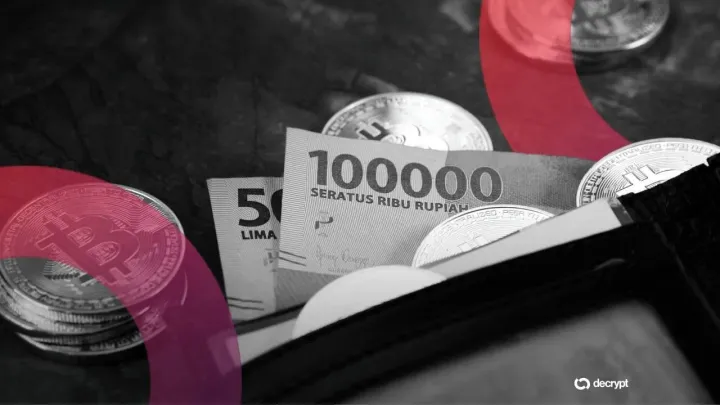
Comments ()